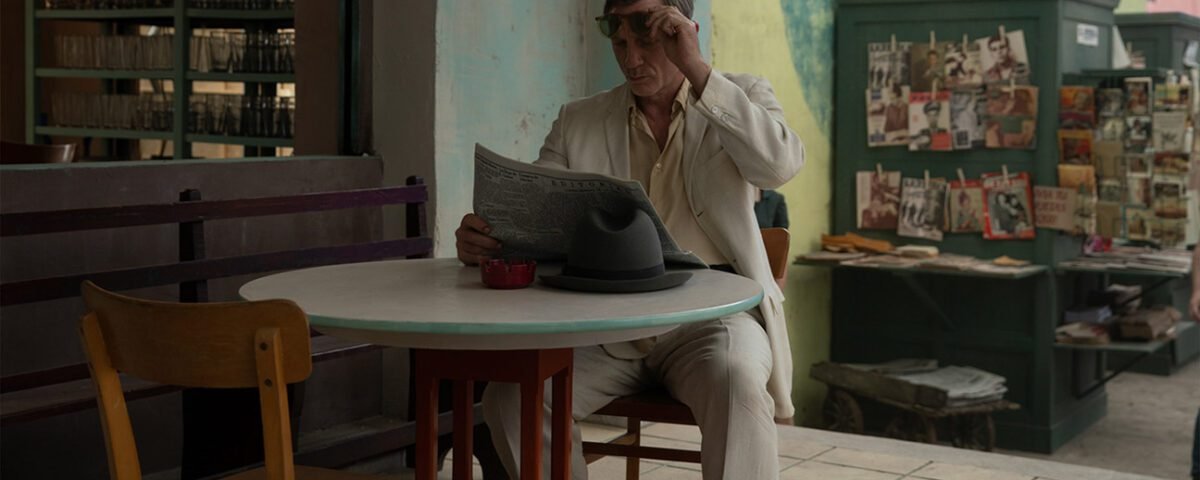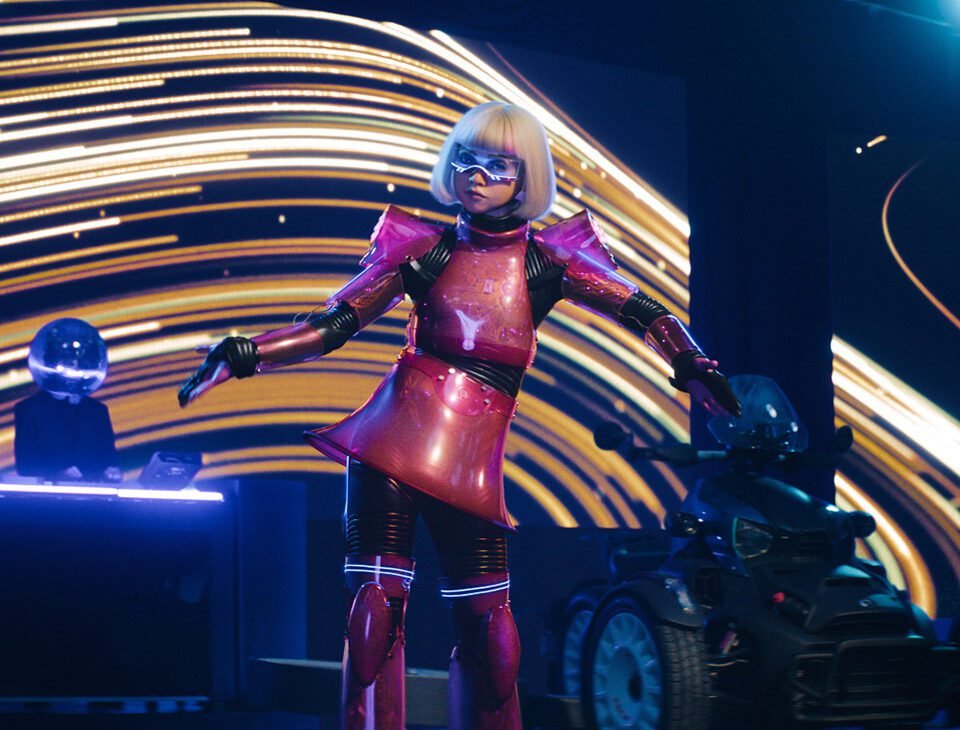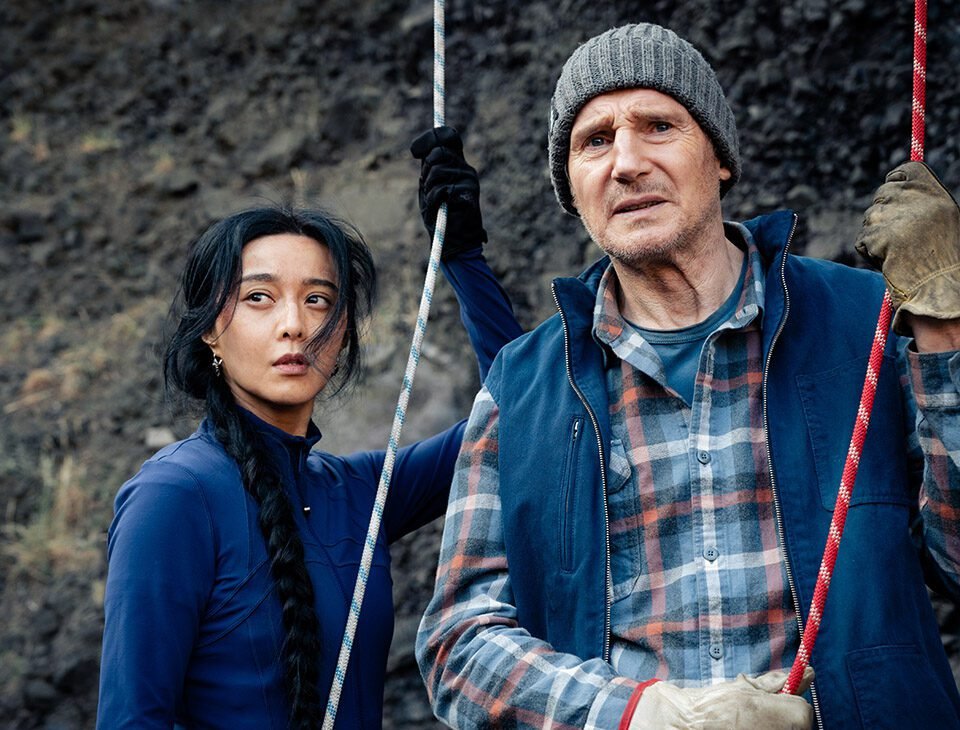


‘And Their Children After Them’ Review: A Deindustrialized Town in the French Provinces Makes a Vivid Setting for a Troubled Coming-of-Age
September 4, 2024


‘King Ivory’ Review: Drugs, Guns, Cops and Cartels Dominate an Effectively Gritty Fentanyl-Era Thriller Starring Ben Foster
September 5, 2024Drew Starkey, Jason Schwartzman and Lesley Manville also star in this adaptation of William S. Burroughs’ semi-autobiographical novel, which travels from postwar Mexico City to the Amazon.
Queer
Drifts hypnotically between realism and hallucination.
The jazzy experimental style of the Beat Generation writers has made their work notoriously tricky to adapt for the screen. Walter Salles’ On the Road, Rob Epstein and Jeffrey Friedman’s Howl and David Cronenberg’s Naked Lunch took stabs at it with varying degrees of success. John Krokidas’ under-appreciated Kill Your Darlings arguably came closer to capturing the rebellious energy of the literary movement by tracing a formative episode in the lives of the writers themselves. In Queer, Luca Guadagnino meets William S. Burroughs on the iconoclast’s own slippery terms and the result is mesmerizing.
Written in the early ‘50s while Burroughs was awaiting trial for the allegedly accidental homicide of his common-law wife, Joan Vollmer, but not published until 1985, the novel is practically a memoir, given how closely it hews to events in the author’s diaries and letters.
It’s hard to think of a more ideal director than Guadagnino to explore queerness, sensuality and the shifting terrain of romantic intoxication, and he’s found the perfect traveling companion in Daniel Craig. In a transfixing performance that balances colorful affectation with raw hunger, the actor makes Lee a magnetic raconteur whose shield of worldly composure falls away as Eugene (Drew Starkey) eludes his grasp, leaving him a virtual ghost by the end of the film.
In Mexico City to escape charges of heroin possession in the U.S., Lee indulges his drug habit with whatever he can get, while trying to write but more often spending time strolling the streets, drinking in a charged atmosphere of brothels and cock fights and bars captured in granular panoramic splendor by DP Sayombhu Mukdeeprom.
Aside from some second-unit work, the movie was shot entirely at Cinecittà, with sets constructed on the historic Rome studio backlot. (Queer marks the second major film this year to recreate Mexico on European soundstages, following Jacques Audiard’s Emilia Pérez.)
Lee pulls his share of young tricks, both Americans and Mexicans, but when lanky, bespectacled Eugene catches his eye on the street, he’s bewitched. At first, their flirtatious glances are a playful cat-and-mouse game. Lee strikes out in his initial attempts to connect, but Eugene gradually starts fraternizing with him at bars.
They go to a movie theater to see Cocteau’s Orpheus, where Guadagnino finds a gorgeous visual translation for Burroughs’ description of Lee as he imagines caressing and kissing Eugene, with “ectoplasmic fingers” and “phantom thumbs.” Also lifted directly from the novel is a moving image soon after, when Lee in his mind leans in close to the younger man, appearing “curiously spectral, as though you could see through his face.”
Though the connection does eventually extend to the physical, it’s more a question of Lee servicing Eugene and the latter surprising him by reciprocating, albeit with impersonal detachment. While Eugene is sufficiently bi-curious to express interest in the gay bars around town, there’s no indication that he’s had sex with men before, or that he enjoys it. But Lee perseveres, convincing him to accompany him to South America, covering all costs and bargaining for intimacy once or twice a week.





